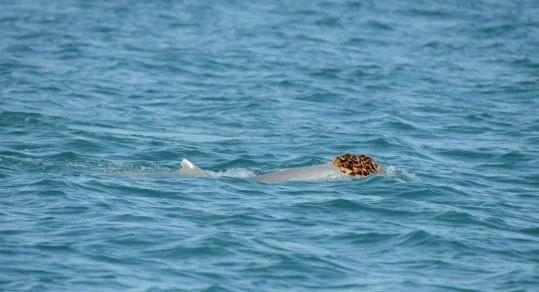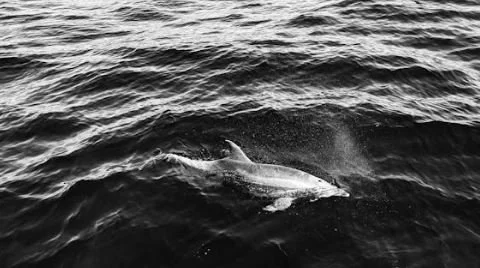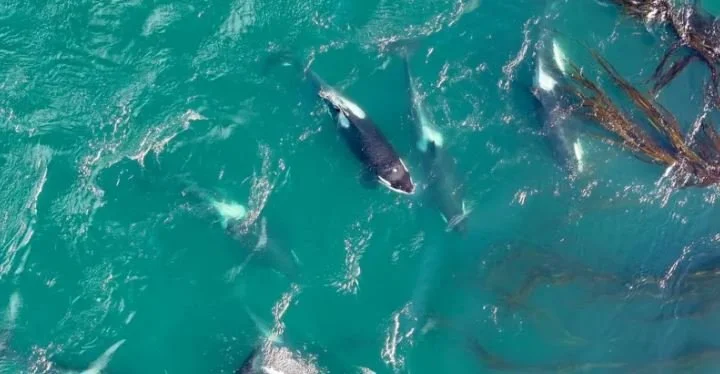Cetaceans Wearing Sponge Hats Startle Cows, Humans
We’ve documented orcas wearing hats made of dead salmon. Now comes another cetacean making a fashion statement: humpback dolphins sporting hats of sponge.
Scientists from Australia’s Department of Biodiversity, Conservation and Attractions recently observed humpback dolphins (Sousa sahulensis) wearing the head sponges as they swam through Flying Foam Passage in the Dampier Archipelago.
Gone Whale Watching San Diego via Storyful
“Male humpback dolphins wear sea sponges on their heads as offerings to ‘woo’ females, a bit like offering a bunch of flowers,” DBCA explained on Instagram.
Bottlenose dolphins are known to use sponges to protect their faces while rooting around the seabed for food, but these humpbacks are the only species seen using sponge hats for courting purposes, and only in this part of the world. The Australian humpback dolphin is listed as “vulnerable” with fewer than 10,000 adults estimated to exist.
In unrelated cetacean news, a gigantic pod of dolphins wowed a whale-watching group off the coast of California last week, when somewhere between 2,000 and 7,000 of them leapt and soared in unison in view of a whale-watching tour group. Normally these pods accommodate between 100-500 dolphins, so thousands swimming in sync stunned even the old salts who witnessed them. Some spectacular footage captured here.
We might be able to simply ask these marine mammals what they’re up to soon enough. Earlier this year Google unveiled an AI model called DolphinGemma, purported to enhance human-dolphin communication.
“I am convinced that some dolphins … are as determined to communicate with us as we are with them,” said the project’s lead researcher, Jack Kassewitz, in a press release.
Photo credit: Department of Biodiversity, Conservation and Attractions via Instagram








